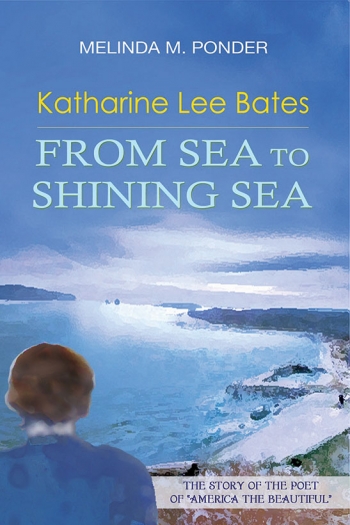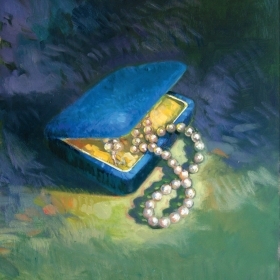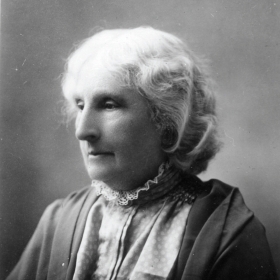When we sing “America the Beautiful,” or think of the Bates dorm on campus, we connect Katharine Lee Bates, class of 1880, with our alma mater. Melinda Ponder ’66 has dedicated 25 years to researching the life of this extraordinary alumna, longtime Wellesley College professor, world traveler, and prolific writer. In her new book, Ponder gives us a vivid portrait of a woman who was much more than “just” the poet of “America the Beautiful,” revealing the world through Bates’s eyes and describing her complicated America full of national and global problems, still unresolved.
Why Katharine Lee Bates?
Why this labor of love?
I knew from my proud mother (class of ’35) and from my own Wellesley Stepsinging that Bates had written “America the Beautiful,” but not until I critiqued her scholarly feminist work on Nathaniel Hawthorne, about whom I had published two books, did her lively writing intrigue me. Then, at the Wellesley Archives, thinking that I might write a journal article about her literary criticism, I discovered 30 books she wrote or edited—plus a treasure trove of letters, diaries, and, best of all, scrapbooks filled with clippings of the poems and stories she had published in the popular press. Happily, I met the multifaceted woman whose life of personal and professional challenges resonates with us today.
What was it like working with these primary sources?
It was very exciting when I found a strand of Katharine’s hair inside her diary! As a scholar herself, she made it easy for me to read her legible and witty letters. I found Wellesley’s early history of trailblazing students and faculty very moving, and so I made the College a major character in my biography because it shaped Katharine’s 40-year academic career, including her mentoring of the then-unknown Robert Frost. When I followed her on her journeys—to Colorado, London, Oxford, Spain and Egypt—she came alive for me.
What was the most surprising thing you learned in your research?
I discovered that Katharine had two male suitors—one during her year in Oxford and one who kept her letters wrapped in rose leaves. Like Katharine Coman (another early Wellesley professor), who became her closest companion, the suitors were idealistic social reformers concerned with unfair labor practices, extreme wealth inequality, and immigrant poverty. All three, along with other Wellesley colleagues, inspired her to try to unite the country in true community.
Cohen is the author of Wellesley College, a title in Arcadia Publishing’s campus history series.








We ask that those who engage in Wellesley magazine's online community act with honesty, integrity, and respect. (Remember the honor code, alums?) We reserve the right to remove comments by impersonators or comments that are not civil and relevant to the subject at hand. By posting here, you are permitting Wellesley magazine to edit and republish your comment in all media. Please remember that all posts are public.